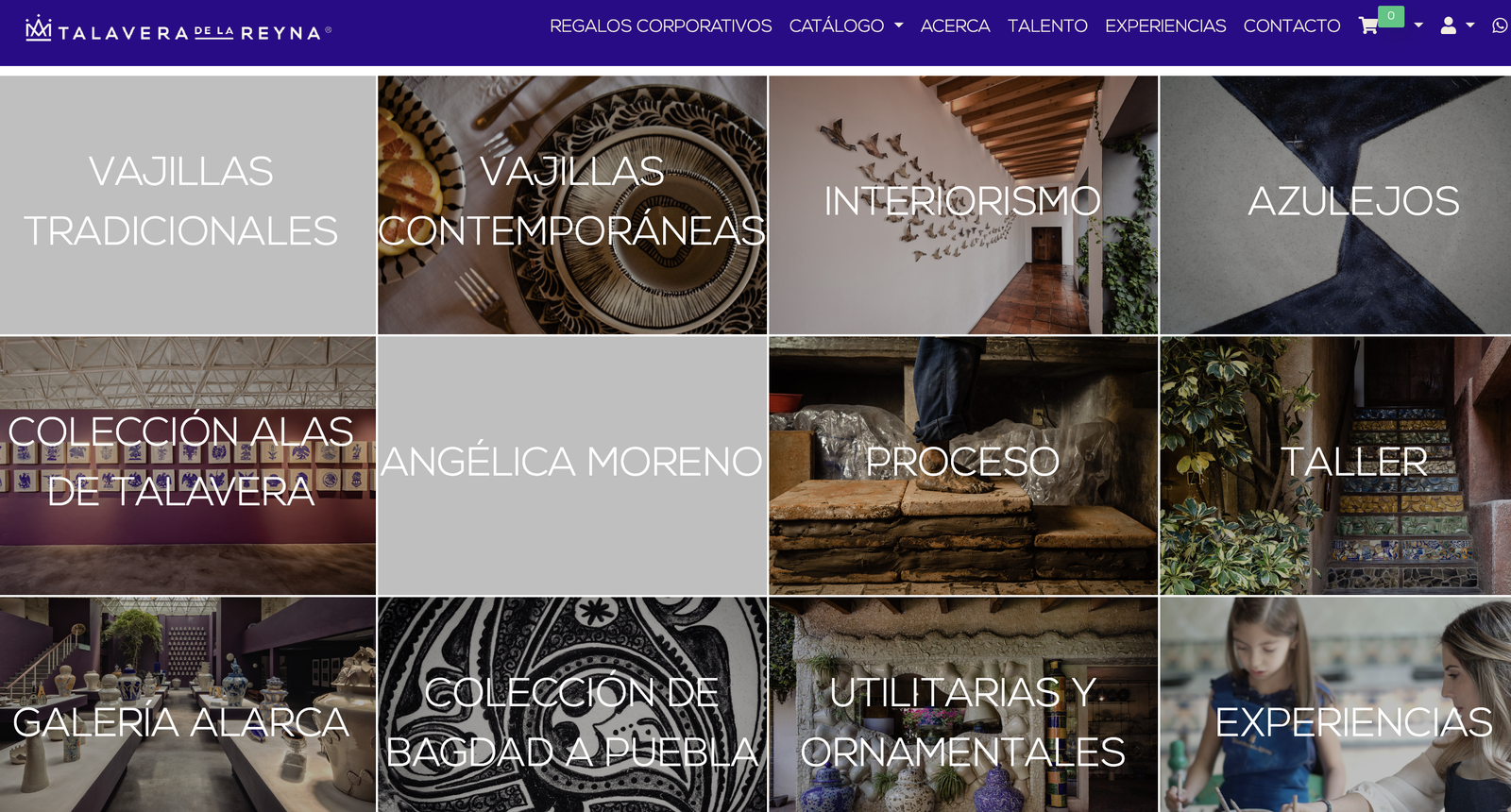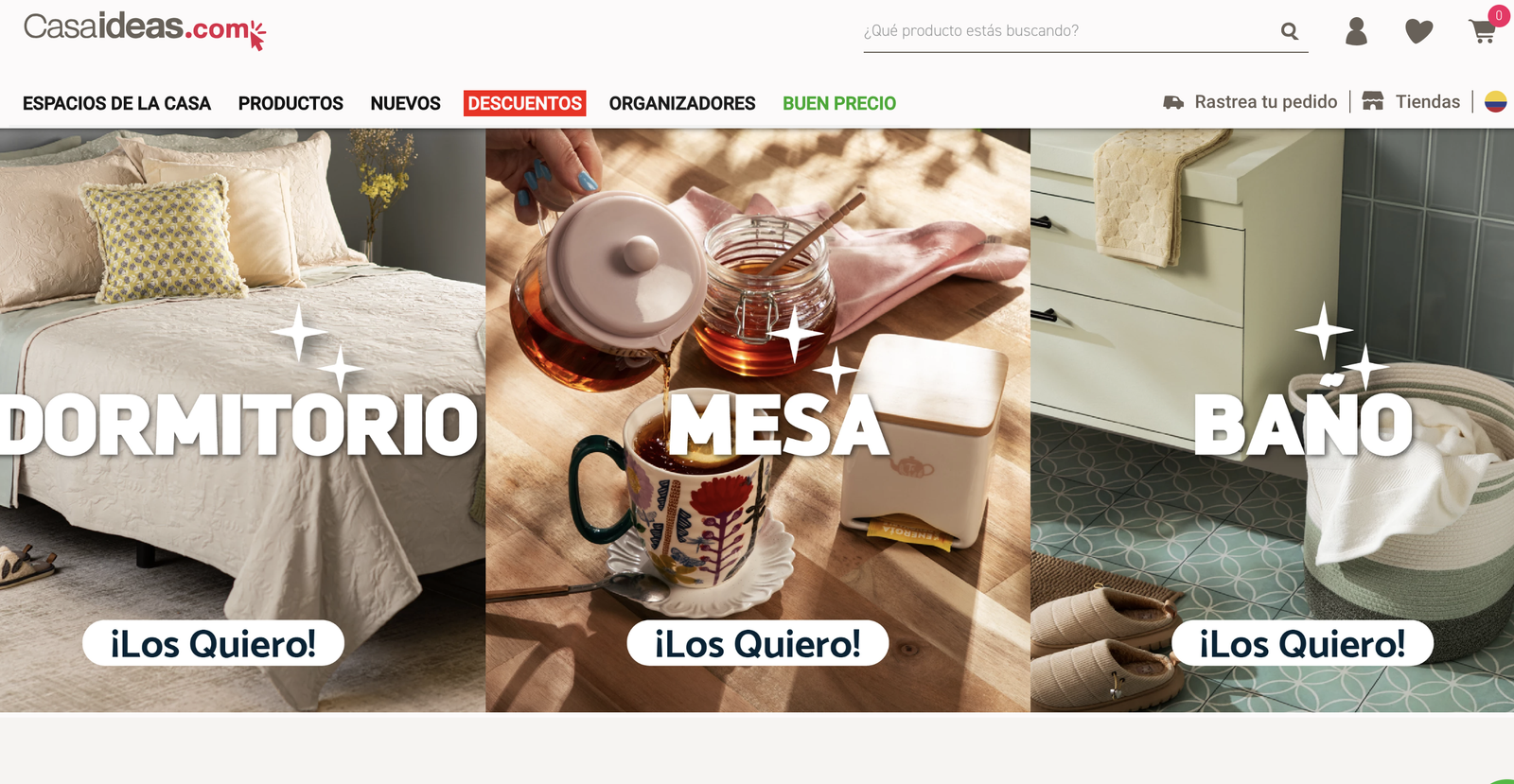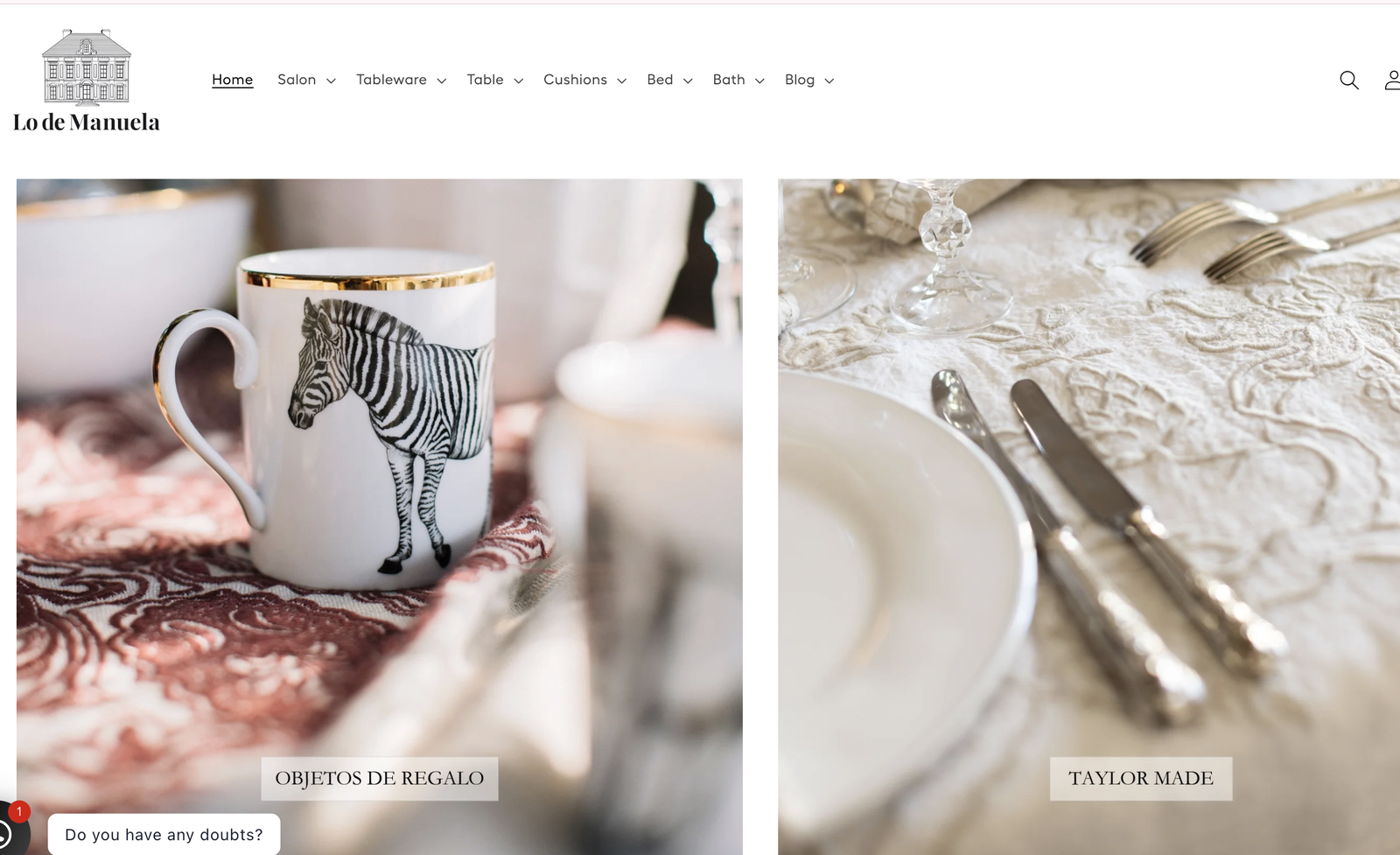How Local Trends, Brands, and Consumer Preferences Are Shaping the Market
In today’s world where quality of life is increasingly prioritized, the dining table is no longer just a place to eat—it has become a stage to showcase taste and culture. Latin America is rapidly emerging as a vibrant player in the global ceramic tableware market. From the hand-painted Talavera pottery of Mexico to the sleek, modern designs in Brazil, countries across the region are quietly leading a kitchenware aesthetic transformation.
This growing trend isn’t just a reflection of changing consumer tastes—it also impacts how home retailers, gift suppliers, and cross-border sellers select products. In this article, we’ll dive deep into the growth of ceramic tableware in Latin America, and explore how this colorful region is redefining what it means to “feel at home.”
Why Is Latin America Becoming a Hotspot for Ceramic Tableware?
Over the past decade, the middle class across Latin America has grown rapidly, leading to both increased spending power and a stronger desire for lifestyle upgrades. This shift has made well-designed, functional ceramic tableware increasingly popular—especially among younger consumers who value the aesthetics of daily life.
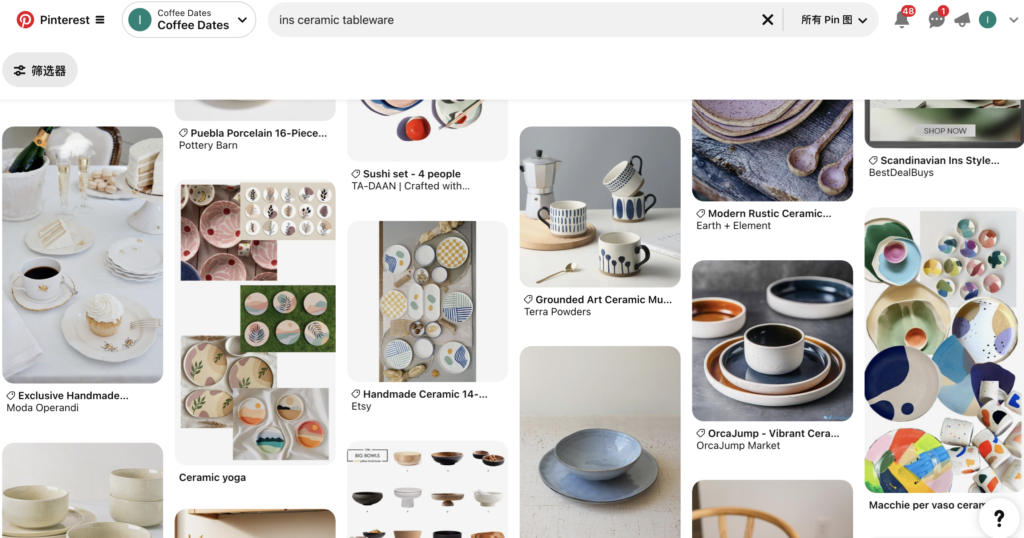
Additionally, the expansion of cross-border e-commerce has allowed local brands to turn designs into real products through OEM/ODM manufacturing and quickly bring them to market—both regionally and globally.
Key Drivers of Growth Include:
- Rising number of young families: Newlyweds and young households are investing more in kitchen aesthetics and table settings.
- Influence of social media: Platforms like Instagram and Pinterest fuel the popularity of “Insta-worthy” ceramic tableware.
- A renewed sense of cultural pride: Latin American designers are blending local symbols, textures, and colors into original styles.
- Local brand boom and import substitution: Affordable yet stylish ceramic products are gradually replacing plastic and metal alternatives.
Market Highlights: Top Local Ceramic Tableware Brands in Mexico, Brazil, Argentina, Colombia, and Chile
Here are some well-known local ceramic tableware brands from five major Latin American markets, along with their product features and unique styles:
| Country | Brand | Product Features | Signature Style | Sales Channels |
|---|---|---|---|---|
| Mexico | Talavera de la Reyna | Hand-painted, traditional Talavera glaze, colonial-inspired | Artistic & traditional | Museum stores, home boutiques, e-commerce |
| Brazil | Porto Brasil | High-fired stoneware, modern geometric patterns, durable and heat-resistant | Modern minimalist | Department stores, online shops |
| Argentina | Lo de Manuela | Handcrafted, upscale aesthetics, lifestyle-focused | Nordic-Bohemian fusion | Premium lifestyle stores, Instagram shops |
| Colombia | Casaideas | Vibrant colors, mixed materials, focus on dinnerware combinations | Family-style & functional | E-commerce and self-owned stores |
| Chile | Minka | Emphasizes sustainability, includes eco-conscious ceramics | Minimalist & organic | Eco-living stores, online platforms |
These brands embody both deep cultural roots and smart global strategies—many of them leverage OEM/ODM partnerships for scalable growth.
Latin American Consumer Preferences: Diversity, Aesthetics, and Functionality
Ceramic tableware in Latin America is about much more than utility. Color, texture, and how pieces pair together on the dining table play a major role in purchasing decisions. Here are some of the most popular design directions:
- Bold colors and intricate patterns: Reflecting the region’s deep love for color—especially prominent during holidays and family feasts.
- Eco-friendly and earthy finishes: Designs that mimic stone, clay, or volcanic textures resonate with younger, eco-conscious consumers.
- Mix-and-match sets: Consumers enjoy assembling sets with bowls, flat plates, mugs, and cups in various colors and sizes to create layered visual interest.
- Multi-functional use: Products that are microwave-safe, dishwasher-friendly, and space-efficient are in high demand.
How Do Latin American Brands Choose Ceramic Tableware Manufacturers?
Most local brands in Latin America do not manufacture their ceramic products in-house. Instead, they rely on trusted OEM and ODM partners—often based in Asia, especially China.
They tend to select manufacturers that offer:
- Custom shape and pattern development to match brand identity;
- High-volume production with strict quality control;
- Export experience and familiarity with Latin American import regulations (e.g., Brazil’s INMETRO certification);
- Low Minimum Order Quantities (MOQ) for testing new product lines;
- One-stop service from sample development to finished packaging.
For cross-border sellers, “personalized design + quality + flexible MOQ” is a winning combination.
Hot Trends in Latin America’s Cross-Border E-Commerce Market
E-commerce platforms like Mercado Libre, Amazon Mexico, and Shopee Brazil have experienced explosive growth. Kitchenware sellers on these platforms have found that unique, culturally-inspired ceramic tableware stands out among younger audiences.
Popular long-tail keywords that drive sales include:
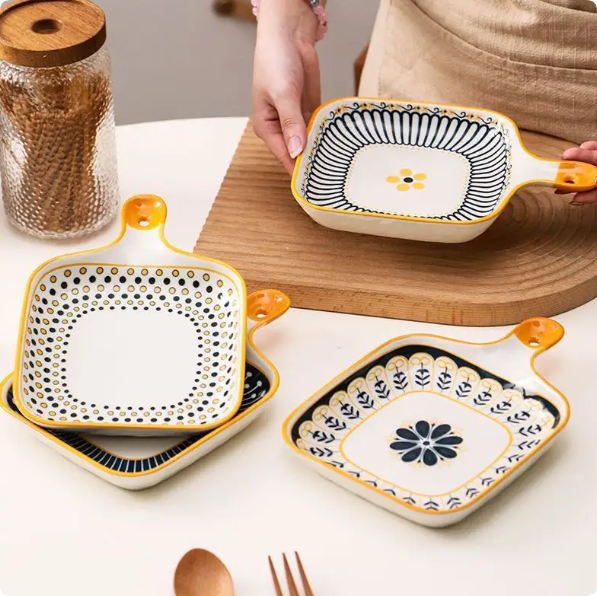
- Mexican style ceramic dinner plates
- Colorful ceramic bowls for Latin table
- Handcrafted pottery tableware Latin America
- Modern rustic dinner sets Brazil
- Bohemian style ceramic cups Argentina
Incorporating these long-tail product keywords into your listings naturally can greatly improve search visibility and click-through rates.
Frequently Asked Questions (FAQ)
1. What types of ceramic materials are most popular in Latin America?
High-fired stoneware and earthenware are particularly favored. Stoneware is valued for durability, while earthenware offers a handmade, organic feel.
2. Are all ceramic tableware pieces microwave-safe?
Most modern ceramic pieces are microwave-safe, but avoid products with metallic detailing or unglazed bottoms.
3. How do cross-border sellers import ceramic tableware into Latin America?
Different countries have different regulations. For example, Brazil requires INMETRO certification, while Mexico mandates NOM labeling. Working with experienced export manufacturers is essential.
4. Do Latin American consumers prefer dinnerware sets or individual pieces?
Younger families prefer mix-and-match options to express personality, while older generations still appreciate full matching sets for holidays and family gatherings.
5. How can Chinese ceramic manufacturers connect with Latin American brands?
Through trade shows, B2B platforms, or social media outreach. Providing product samples and customization services is key to starting successful partnerships.
Conclusion: A Diverse Market Full of Potential
The rise of Latin America’s ceramic tableware industry is no coincidence. It reflects a powerful convergence of cultural pride, economic growth, and digital transformation. For global home and kitchenware brands, this region is not just a new sales destination—it’s a wellspring of inspiration.
Many local brands are actively seeking OEM and ODM partners that can deliver creative, high-quality ceramic tableware with flexible order options. Chinese manufacturers, with their mature supply chains and design capabilities, are becoming trusted allies in this process.
If you’re exploring opportunities in a market full of color, emotion, and cultural richness—Latin America deserves your attention.
Looking to create a ceramic tableware collection that resonates with Latin American tastes?
Our team in China provides OEM and ODM solutions for global home and kitchenware brands, offering support from product development to final delivery.
Let’s shape your next best-selling collection—together.

